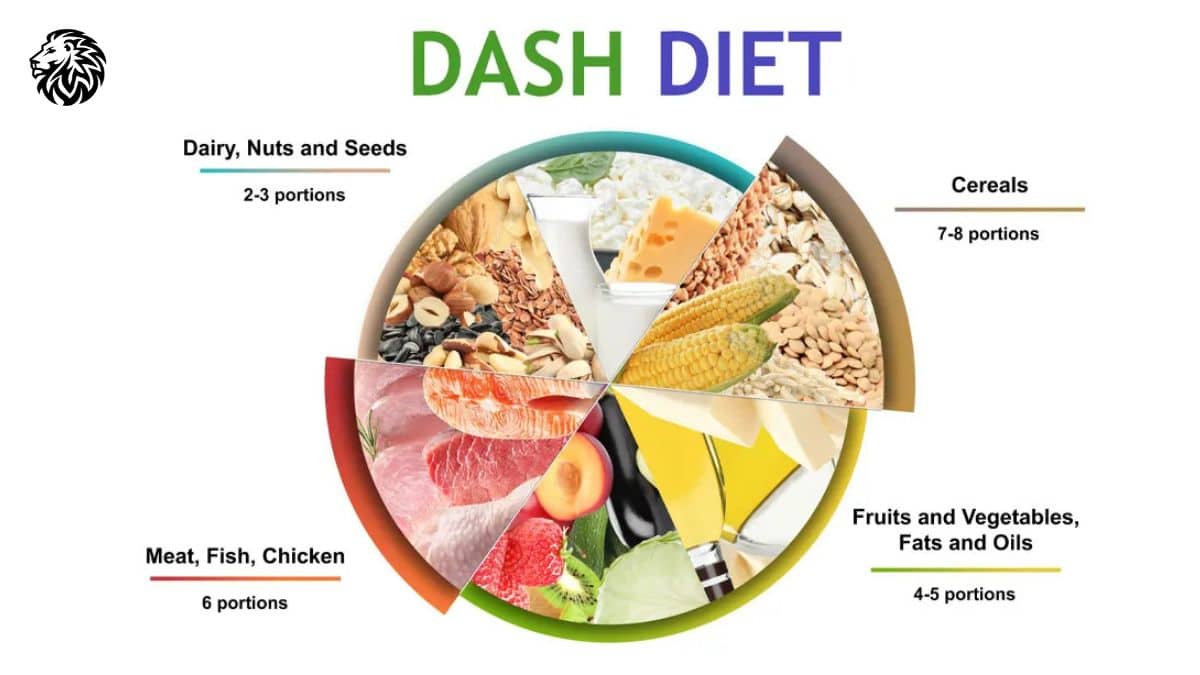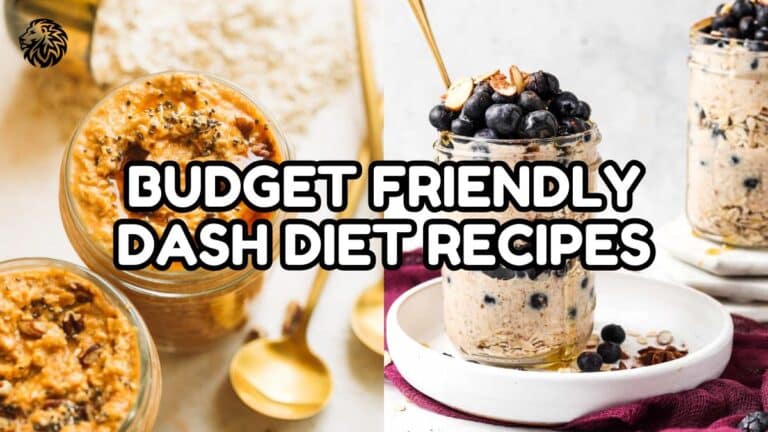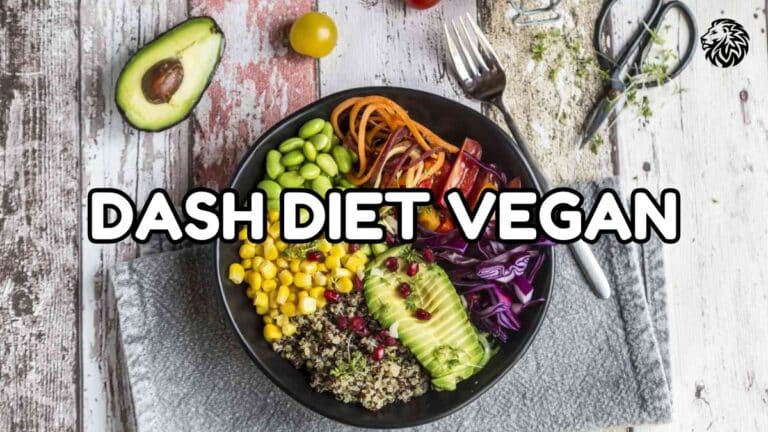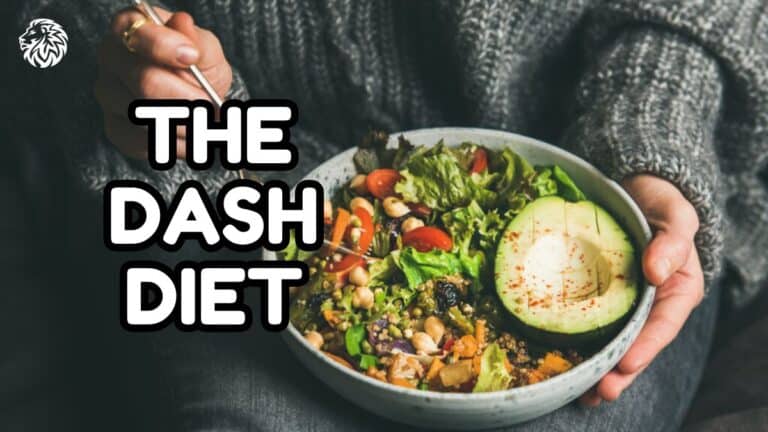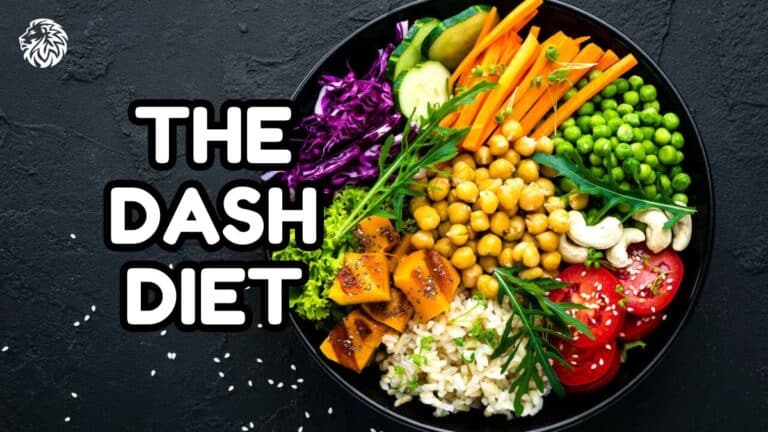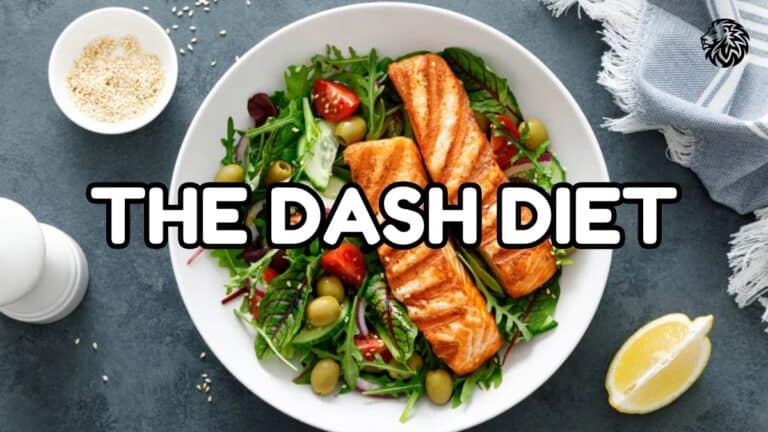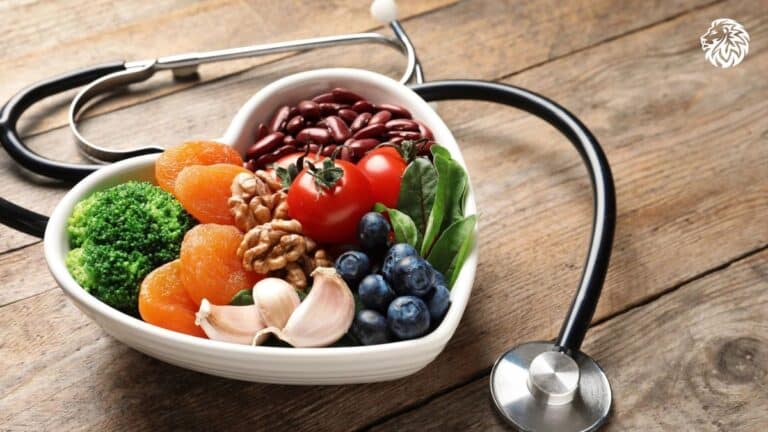The DASH diet, which stands for Dietary Approaches to Stop Hypertension, is designed to help lower high blood pressure and promote overall heart health. It emphasizes eating a wide variety of nutrient-rich foods while limiting certain others, especially those high in sodium, added sugars, and unhealthy fats. If you’re looking to start or refine your DASH diet plan, knowing which foods to focus on will make all the difference in reaching your health goals.
What Should I Eat on a DASH Diet?
1. Vegetables: The Foundation of the DASH Diet
Vegetables are an essential part of the DASH diet because they provide a wealth of vitamins, minerals, and fiber without adding many calories. Aim to fill at least half of your plate with a variety of colorful veggies.
- Leafy greens like spinach, kale, and Swiss chard are excellent choices because they’re low in calories and rich in potassium, which helps balance sodium levels in your body.
- Cruciferous vegetables like broccoli, cauliflower, and Brussels sprouts are another great option, providing a good dose of fiber and antioxidants.
- Root vegetables such as carrots, sweet potatoes, and beets add natural sweetness and are full of nutrients like beta-carotene and potassium.
Try to incorporate fresh, frozen, or even low-sodium canned vegetables into your meals. Steaming, roasting, or grilling can keep the nutritional value intact while boosting flavor.
2. Fruits: Nature’s Dessert
Fruits are a natural source of sweetness on the DASH diet, and they come packed with fiber, vitamins, and minerals. Like vegetables, they’re low in calories but high in nutritional value.
- Berries such as strawberries, blueberries, and raspberries are rich in antioxidants and vitamin C, making them a heart-healthy choice.
- Citrus fruits like oranges, grapefruits, and lemons are packed with vitamin C and potassium.
- Apples, pears, and peaches provide fiber and a satisfying crunch. Leave the skins on for the most fiber and nutrients.
You can enjoy fruits as a snack, add them to salads, or blend them into smoothies. Opt for whole fruits instead of fruit juices to get the full benefit of the fiber.
3. Whole Grains: Choose the Right Carbs
On the DASH diet, whole grains are preferred over refined grains because they contain more nutrients and fiber, which help improve digestion and control blood sugar levels.
- Oats are a great breakfast option that provides fiber and helps lower cholesterol.
- Quinoa and brown rice are excellent side dishes or bases for salads, offering protein and fiber.
- Whole grain bread, pasta, and cereals can help you maintain energy levels throughout the day while supporting heart health.
Look for products labeled “100% whole grain” or “whole wheat” to ensure you’re getting the most benefit.
4. Lean Proteins: Keeping It Heart-Friendly
The DASH diet recommends focusing on lean protein sources to support muscle function while keeping fat intake in check.
- Poultry like skinless chicken and turkey is a lean and versatile option. Bake, grill, or roast for a low-fat preparation.
- Fish is encouraged, especially fatty fish like salmon, mackerel, and trout, which are rich in omega-3 fatty acids that help reduce inflammation and improve heart health.
- Legumes such as beans, lentils, and chickpeas are plant-based protein sources that also provide fiber. They make a great addition to soups, stews, or salads.
Nuts and seeds are also encouraged, but in moderation. While they provide healthy fats and protein, they are calorie-dense, so keeping portion sizes in check is important.
5. Low-Fat Dairy: Getting Enough Calcium
Dairy products are a key component of the DASH diet because they provide calcium, vitamin D, and protein. However, it’s important to choose low-fat or fat-free options to reduce saturated fat intake.
- Low-fat milk or fat-free milk is ideal for breakfast or to add to your coffee.
- Low-fat yogurt is a great snack option or base for smoothies. Look for unsweetened varieties to avoid added sugars.
- Low-fat cheese can be enjoyed in moderation, though it’s important to watch the sodium content.
Dairy alternatives such as almond milk or soy milk are also acceptable as long as they are fortified with calcium and vitamin D.
6. Healthy Fats: Choose Wisely
While fats are not the main focus of the DASH diet, healthy fats are encouraged in moderation because they support overall health, including heart health.
- Olive oil is an excellent choice for cooking and dressings because it’s rich in monounsaturated fats, which can help reduce bad cholesterol levels.
- Avocados provide heart-healthy fats along with fiber and potassium. Add slices to salads or sandwiches.
- Nuts and seeds like almonds, walnuts, and flaxseeds offer healthy fats and protein, but stick to small portions as they are high in calories.
7. Limit Sodium: The Key to Lowering Blood Pressure
One of the main goals of the DASH diet is to reduce sodium intake, as high sodium levels can increase blood pressure. The recommended daily sodium intake is 2,300 milligrams (about 1 teaspoon) for the standard DASH diet, but many people aim for 1,500 milligrams for better blood pressure control.
- Cook at home more often to control how much salt goes into your food.
- Use herbs, spices, and citrus to flavor your dishes instead of salt.
- Opt for low-sodium versions of canned foods like beans and vegetables.
When shopping, check nutrition labels and choose products with no added salt or low sodium.
8. Cut Back on Sweets and Added Sugars
While the DASH diet allows for occasional treats, it’s important to keep sweets and added sugars to a minimum. Foods high in sugar often contain empty calories that provide little nutritional value.
- Choose fresh fruits or fruit-based desserts as a healthier way to satisfy your sweet tooth.
- If you need to use sweeteners, opt for natural options like honey or maple syrup, but keep portions small.
- Limit sugary drinks like soda, flavored coffees, and sweetened teas. Opt for water, herbal teas, or sparkling water with a splash of lemon or lime instead.
9. Stay Hydrated
While it might not be a specific food group, hydration is an important part of the DASH diet. Water is your best bet for staying hydrated throughout the day.
- Aim for at least 8 glasses of water daily. Adjust your intake depending on your activity level or climate.
- Limit or avoid alcohol, as it can raise blood pressure and contribute to weight gain.
If you prefer flavored beverages, try infusing your water with slices of cucumber, lemon, or berries.
Conclusion
The DASH diet is a flexible and balanced approach to healthy eating, focusing on whole foods rich in nutrients that support heart health and lower blood pressure. By filling your plate with vegetables, fruits, whole grains, lean proteins, and healthy fats, and by reducing your intake of sodium, sugar, and unhealthy fats, you can enjoy a variety of delicious meals that contribute to long-term well-being.
With a little planning, the DASH diet can become part of your everyday routine, helping you stay on track with your health goals while still enjoying flavorful and satisfying meals.
References
- Mayo Clinic Staff. (n.d.). DASH diet: Healthy eating to lower your blood pressure. Mayo Clinic. Retrieved October 11, 2024, from https://www.mayoclinic.org/healthy-lifestyle/nutrition-and-healthy-eating/in-depth/dash-diet/art-20047110
- Mayo Clinic Staff. (n.d.). DASH diet: Guide to recommended servings. Mayo Clinic. Retrieved October 11, 2024, from https://www.mayoclinic.org/healthy-lifestyle/nutrition-and-healthy-eating/in-depth/dash-diet/art-20050989
- Heart and Stroke Foundation of Canada. (n.d.). DASH diet: Healthy eating guide. https://www.heartandstroke.ca/healthy-living/healthy-eating/dash-diet
- MedlinePlus. (2022). DASH diet: Instructions for patients. https://medlineplus.gov/ency/patientinstructions/000784.htm
